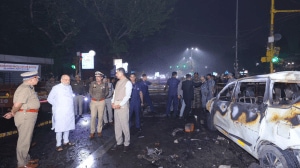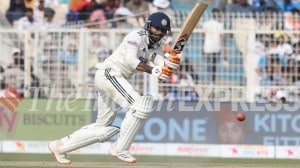NK Singh at Idea Exchange: ‘We bought the facile story that you could be a great software power ignoring hardware… that was a very fragile assumption’
Policymaker, economist and politician NK Singh is the co-chair, along with former US Treasury Secretary Lawrence Summers, of one of the most important G20 expert groups on the reform of multilateral development banks (MDBs).
 Economist and policymaker NK Singh was in conversation with Executive Editor P Vaidyanathan Iyer. (Express photo by Gajendra Yadav)
Economist and policymaker NK Singh was in conversation with Executive Editor P Vaidyanathan Iyer. (Express photo by Gajendra Yadav) Economist NK Singh talks about reforming multilateral development banks, finding ways to harness private capital and the challenges of helming the G20 expert group. The session was moderated by Executive Editor P Vaidyanathan Iyer
P Vaidyanathan Iyer: Expert group consultations initiated by the World Bank have suggested that the world finds itself in a state of emergency, given the pandemic and the impact of climate change. It cannot be status quo for Multilateral Development Banks (MDBs), which are at the core of it — in providing finance. How do you and Lawrence Summers (former US Treasury Secretary) view this?
The original raison d’etre, so to say, of the first multilateral development bank — International Bank for Reconstruction and Development (IBRD) — was the twin vision of poverty alleviation and shared perspective. Over a period of time, other challenges have come. The most important being those of global public goods, climate, issues of pandemic, and fragility of countries. (In the report) we tried to figure out the resources needed to address these. The ballpark figure is $3 trillion per annum between now and 2030.
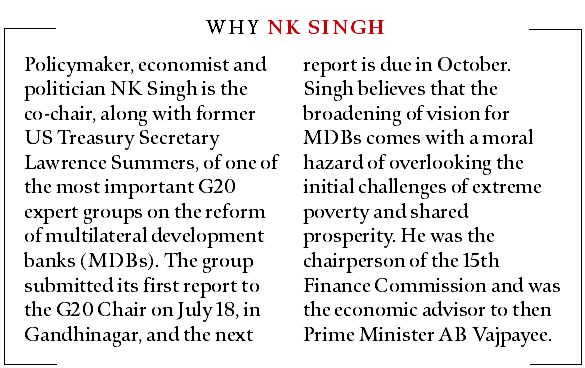
How do you get $3 trillion? Most assume $2 trillion will come from domestic resource mobilisation. What does that mean? It means this will be generated through policies on economic growth, growth multipliers, tax reforms, and buoyancy in all countries. Where does the balance $1 trillion come from? So, we took it that $500 billion will come from the private sector, and private capital harnessing. And $500 billion should come from official sources — concessional and non-concessional… If you take all the MDBs and add, the average lending, in a typical year it would be between $110 billion and $120 billion a year. We need $500 billion.
The big challenge, which the president of the World Bank and other presidencies face is, how to change the work culture, processes and procedures to be able to harness substantially enhanced private capital
P Vaidyanathan Iyer: So, this means raising significant resources?
We are doing this primarily with three devices. The first is what is called balance sheet optimisation. The World Bank Group (WBG) is capitalised at just $20 billion. Against that, it has already lent over $900 billion. No other financial entity has so successfully leveraged its equity, lent such huge amounts.
You can then talk to rating agencies. Can rating agencies give higher (ratings)? And do all this without impairing the triple-A status of these banks, which leads to the preferred creditor status? So, one big chunk of the issue is harnessing and optimising the balance sheet strength of each MDB.
 Economist and policymaker NK Singh was in conversation with Executive Editor P Vaidyanathan Iyer. (Express photo by Gajendra Yadav)
Economist and policymaker NK Singh was in conversation with Executive Editor P Vaidyanathan Iyer. (Express photo by Gajendra Yadav)
Second, how to enhance concessional lending? I didn’t realise that large parts of Africa, particularly sub-Saharan Africa, have slipped deeper into poverty. Outcomes have worsened in the recent past, shared prosperity has gone down. My attitude is don’t go and seek out private capital. The big challenge, which the president of the World Bank and other presidencies face is, how to change the work culture, processes and procedures, to be able to harness substantially enhanced private capital.
It is true that we were deeply conscious of our moral duty. That while we need to address the problems of climate, this should not be at the expense of the compelling needs of poverty… particularly in countries with large vulnerabilities
Story continues below this ad
Lastly, the capitalisation of the bank. That’s a big issue. Which comes first, should you set out the balance sheet first before you ask for more capital? Or do they go in tandem? If the market realises that the shareholders are backing them, they’ll put in the money.

P Vaidyanathan Iyer: Was the aspect of higher voice for developing countries taken on board in your discussions?
It’s a question of priorities. The current voting powers in the multilateral institutions may or may not reflect the altered geopolitics and the changing power configuration. We know that every attempt by the International Monetary Fund (IMF) for a review has only meant kicking the can down the street further. So, the choice is, do we wait for that to happen? An article that Professor Larry Summers and I wrote, published in Project Syndicate, had a caption, ‘The world is on fire’. We believe it. That is why we believe addressing these issues must occupy priority before some of the more difficult and complex issues can be addressed.
Can we harness dual forms of capital — hybrid capital and blended finance? That is why we have recommended a new mechanism, which is flexible enough under MDBs with guarantees, use and accountability
P Vaidyanathan Iyer: Clearly, the World Bank has failed in leveraging its capital and private finance. Are the risks very high for the private sector to come and invest?
So, three factors: One is the work culture itself. The World Bank has, over the years, become a vast bureaucracy caught in its own quagmire of procedures. So, an attitudinal change is needed. Second, harnessing private capital has not been a high point in the World Bank’s own evaluation processes. And the third, is private capital shy because the risks are high? It’s a question of how you calibrate incentives with returns in which the private capital comes in. One size doesn’t fit all. Risk perceptions in countries with more fragile governments are significantly higher than in countries where governance processes and structures are settled. I take pride that we are a vibrant democracy, we are not perceived as a very risky country because we have settled processes and rule of law and settled systems.
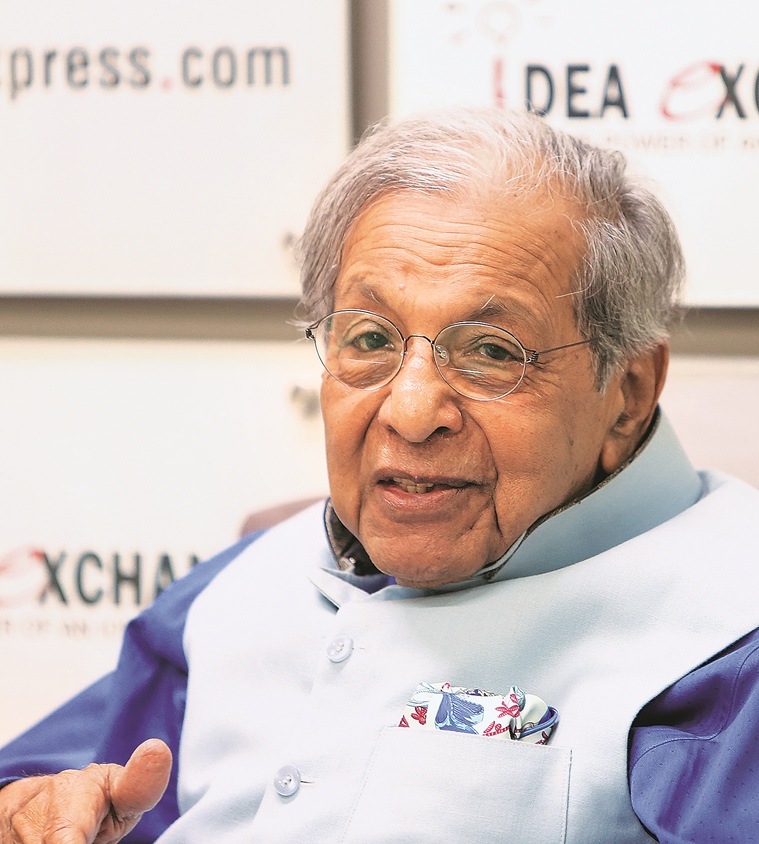 Economist and policymaker NK Singh
Economist and policymaker NK Singh
P Vaidyanathan Iyer: During the expert group discussions, what were the challenges you encountered?
One challenge is priorities and sequencing. If roughly there was a degree of consensus, is it appropriate that you are now seeking a tripling of the lending capacity of MDBs from $120 billion to $400 billion? The second issue was on how much should come from harnessing the balance sheet and how much from other measures to attract private capital. The problems of small island countries and the problems of countries in the Caribbean form a category in itself… middle-income countries require much greater lending. For instance, if you add China, India, Brazil, and some middle-income countries, these countries with such a large population look to a path of lower fossil fuel imprint. So, contradictions in being able to harmonise the typology of growth of countries in different stages of development is an important challenge.
Finally, are we creatively able to harness dual forms of capital — hybrid capital and blended finance? That is why we have recommended a new mechanism, which is flexible enough under the umbrella of MDBs with guarantees, its use and its accountability. These are the multicellularity of challenges that we encountered.
Anil Sasi: How much of early initiation of capital increase is linked to credit rating agencies? And the need to sweat it out, how do you balance the two?
In summing up our first report, the finance minister of India used the word ‘roadmap’. The ‘roadmap’ is between now and 2030. So, it’s a question of recalibrating that roadmap as you go along. Here’s the dilemma: those who are diehard people working in multilateral entities would much rather want to see recapitalisation earlier. Those who believe that a lot more needs to be done to harness the efficiency and productivity of the bank would like to see it ‘at an appropriate time’, that is after you have fully harnessed the optimisation of the balance sheet.
 Economist and policymaker NK Singh
Economist and policymaker NK Singh
Then the credit rating agency comes in. They provide comfort with which the bank wishes to harness private capital. Private capital would like to see the comfort of the rating agency or the security of resources. So, the issue is a very simple one — at what point do rating agencies and the market want comfort. That brings into question the enigma of how you define callable capital. Well, I believe it’s called callable capital because it’s never been called. So, if it embeds the opacity of the callable capital phenomenon, rating agencies are behind a higher leverage by the World Bank Group or private capital. That is a calibration which is easier said than done.
Shyamal Majumdar: In your report, you’ve mentioned that $60-70 billion of private capital is coming in now and what you need is around half a trillion. This report talks about the problem, it doesn’t really offer a solution. So, what is the solution?
Risk mitigation and incentivising and catalysing private capital flows is the answer. What kind of risk mitigation would be appropriate, (while) avoiding the moral hazard question? For instance, would the first loss be appropriate, where the balance sheet of the entity takes the first loss? Would the full balance sheet be full or partial? That’s a judgment call because, historically, the flow of capital has usually been from the northern countries to the southern countries. But beyond that, should the foreign exchange risk be in some way borne by a special-purpose vehicle? And what kind of foreign exchange fluctuations can be borne by it? Ultimately, the risk-return equation has to be appropriate… What kind of hybrid capital will be appropriate? Will blended finance work? Does a cascade principle work?
Shyamal Majumdar: You said India is not perceived to be a risky country. We’ve seen studies that say India is not really in the most-favoured list.
Any statement that is made must be seen in a context. That context is that competitive forms of political stability, the rule of law, and the functioning of institutions, put India in a category of countries, which is far superior to countries that do not have democratically elected forms of government. That does not mean that risks do not exist. I mentioned that one of the areas, which investors perceive is a complex federal entity. That the rule of Delhi may or may not reach the shores of Visakhapatnam. You, of course, know the issue when solar investments were made based on a certain cost of solar power at that time. When the costs went down, they wanted to renegotiate the contracts… These are regulatory risks, which are perceived as evolving. With India, there aren’t zero risks. There are regulatory risks, they vary from place to place from state to state. Look at the flow of direct foreign investment in India. If we look at the last five years’ figures, it has gone up significantly. Look at figures on the way remittances have gone up… Comparatively speaking, it’s a country that has managed its affairs… We are among the countries that will continue to be very large recipients of technology, access to technology and large foreign investments, and we are definitely in a more advantageous position compared to many other parts of the world.
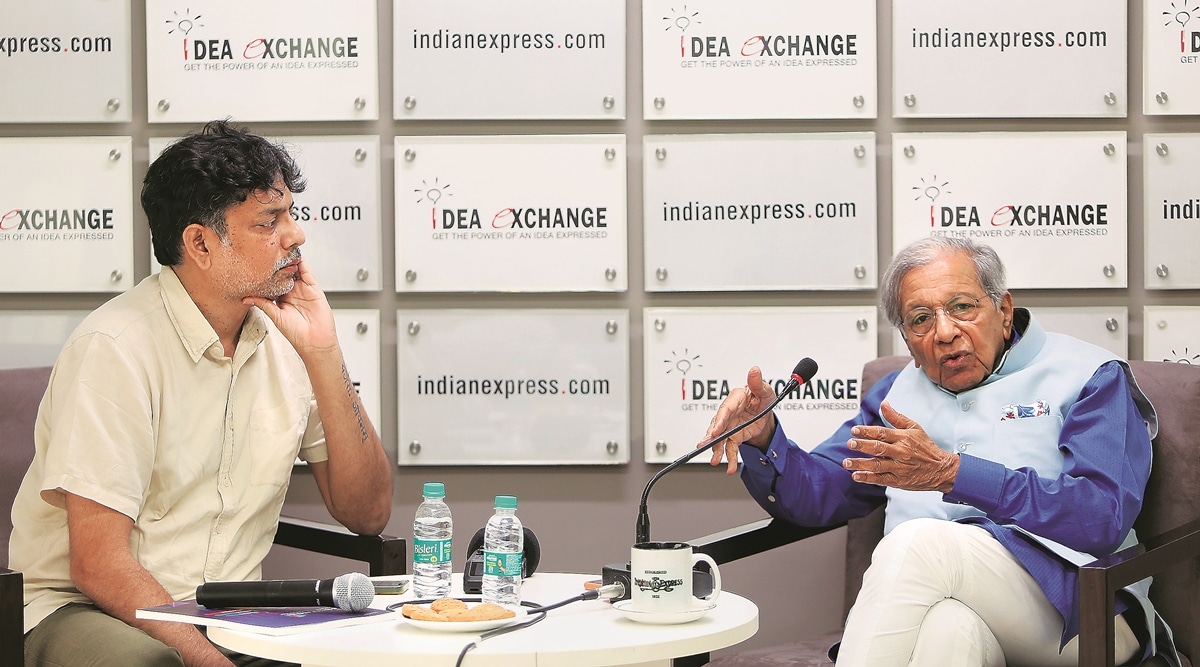 Economist and policymaker NK Singh was in conversation with Executive Editor P Vaidyanathan Iyer. (Express photo by Gajendra Yadav)
Economist and policymaker NK Singh was in conversation with Executive Editor P Vaidyanathan Iyer. (Express photo by Gajendra Yadav)
P Vaidyanathan Iyer: Do you think that MDBs can be made politics-proof? Also, will this expert group eventually kick the can on reforms relating to a larger voice for some countries in a changed geopolitical scenario?
So, the first part is that one can take some prudential measures on the unknown. But if it is unknown-unknown, then assumptions become increasingly problematic. If I were to plan for that, there would be no way in which you can give a report of any kind of credible action in the near term or in the medium term. So, we have assumed that geopolitics doesn’t deteriorate any further. We have assumed that because nature abhors a vacuum and because MDBs have a very important role to play for the reasons — predictability, transparency in terms of stability to efficient financial intermediation — they remain preferred instruments to address compelling global needs. That’s an assumption… We won’t kick the can but the shareholders have a prerogative… One of the most challenging terms of reference for this report, was how to bring about a greater harmony in the working of the MDBs… What I learn something from the Asian Development Bank or from the African Development Bank, can their standards be applied here? Can the European Investment Bank be of much use? Can the balance sheet of the Inter-American Development Bank be harnessed temporarily for use? While looking at this, we have to be deeply mindful that each of these MDBs has their own shareholders, their own governance structure and their own accountability patterns. So, we have to make recommendations, which are doable, practical and which will be acceptable to the variety of the shareholders, under the norms of poverty, shared prosperity and enhanced financing needs for global public goods. So, we do not have any inclination to kick the can down.
P Vaidyanathan Iyer: Economies around the world, including India, are turning more inwards and protective. Don’t you think that $2 trillion of global financing is a very ambitious target?
For countries that have grown at faster rates of economic growth, one of the engines of this growth has been trade multipliers… The prudent response is diversification and enhancing your own domestic capability so that you are bringing into play genuine and competitive market play, which will enable you to innovate. The fact that we bought the facile story that you could be a great software power, ignoring hardware, was perhaps a very fragile assumption. That’s one of the reasons why we are dependent on a single source for many things.
P Vaidyanathan Iyer: As India heads towards elections, how do you see the increasing friction between the Centre and States?
One of the obvious areas that I sought to address as chairman of the 15th Finance Commission was the issue of tensions (between Centre and States) on resources. That tension will continue to exist, appropriate balancing would be the continuing challenge of governance. If you go back to the Constitution, it says that the Finance Commission’s recommendations are advisory and they are not binding on the Parliament. Should this evolve? Should, for instance, cesses and surcharges be outside the divisible pool, which have crept up so that the net divisible pool has gone down. But those require changes in the Constitution. That’s why I’ve often said that perhaps the seventh schedule of the Constitution of India may require to be revisited in the light of the experiences that the country has undergone.
Sukalp Sharma: How do you view the reaction to the first volume of your report? Certain factions said that perhaps it wasn’t wholeheartedly endorsed at the Gandhinagar meeting.
Please do not forget two things. First, we were constituted after the second meeting of the finance ministers and governors of central banks in Bangalore. We were given a very daunting timeline but equally, we were given even more daunting terms of reference, which needed to be addressed… Having said this, do not forget one more thing. Most parts of the report have not been contentious…
Sukalp Sharma: How difficult a task has it been, considering that you have advocated that broadening the vision of the MDBs must not be at the cost of concessional finance and poverty alleviation?
We have categorically said that the needs of compelling poverty and shared prosperity will remain the two fundamental twin goals of these MBDs. Why? Because they have not been fulfilled. Why? Because countries or large parts of the world in low-income countries have gone deeper into poverty. Why? Because shared prosperity has become even more and more elusive.
It is true that we were deeply conscious of our moral duty. That while we need to address the problems of climate, this should not be at the expense of the compelling needs of poverty… These are, therefore, to some extent, fictional choices that we are deeply conscious of, particularly in countries with such large vulnerabilities. That moral dimension has been an overarching philosophy we have worked towards.





- 01
- 02
- 03
- 04
- 05









